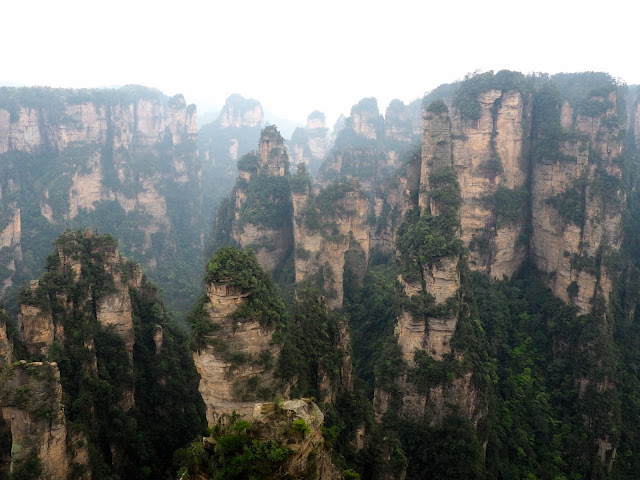
Zhangjiajie Highlights | China
After my whistle-stop highlights tour of China’s capital, Beijing, it was time for me to head off to another part of the country, and this time, I was going rural, to Zhangjiajie. This was a little more nerve-racking, as Beijing had the subway and enough people who spoke English to make it fairly easy to navigate. This time, I’d be relying on buses, taxis, and a lot of pointing and gesturing to communicate, as well as liberal use of the Google Translate app, while hoping it was producing understandable sentences for them! I don’t think I encountered anyone who spoke English, outside of the airport staff and other tourists, but I got by somehow!
My first night there was quite an experience, as my flight landed late and my hotel was nearly an hour away by taxi. I was staying in the village of Wulingyuan, since it was closer the park entrance than Zhangjiajie City. I found a taxi and indicated where I wanted to go, then spent a good twenty minutes haggling the price with her. Then we switched drivers before leaving the city, (I think the new guy was her son?) and he then proceeded to take some back roads towards the village, which I was following along on a maps app. This was all at about 11pm! When we got to Wulingyuan, we couldn’t find the hotel, drove around for a while, before he called the hotel for me and got directions to it – which was a huge relief, as the hotel staff didn’t speak English either, so I don’t know how I would have found it on my own!
Day One
Anyways, after all that, I woke up early the next day to start my hiking adventures. Zhangjiajie is perhaps not as well known as some other sights in China, but it’s bcome more popular in recent years due to the movie ‘Avatar’. The floating mountain landscape featured on Pandora in the film, was inspired by the landscape in Zhangjiajie, specifically the Yuanjiajie area of the park. The national park is huge though, and there are several other sights in the area, such as Tianmen Mountain and Baofeng Lake, which require separate tickets to the park. But since I only had 2 days here, I kept my visit within the national park, which has more than enough to see. The entrance ticket is valid for four days actually, and at 245 yuan, I’d say that’s decent value. The shuttle buses inside the park are free, but the cable cars and Bailong elevator require purchasing additional tickets. The park is loosely split into an upper and lower platform, and there are no buses between them, so you have to take the cable car, elevator, or hike between them. My hotel gave me a map of the park, but it was only in Chinese. I had a couple others I’d downloaded though in English, but only the Chinese one had the bus routes clearly marked. Between them all, and the offline maps app I use (maps.me), I managed pretty well!
My first stop was Tianzi Mountain. I walked to the Wulingyuan entrance from my hotel, and once you enter there’s a whole bunch of buses waiting. The signs for where each is going are in English, so you have to stand in the right line, but the buses themselves have nothing on them to indicate destination, so pay attention to which one the attendants point for you to get on. Most people going to Tianzi will head to the cable car station, but I’m terrified of heights when it involves flying or ‘dangling’ or being too close to a large drop – standing on high mountains or buildings is normally fine for me, as long as there’s barriers and no glass floors! Therefore, the Tianzi cable car was out, so I was going to hike it. I took the bus towards the Ten Mile Natural Gallery (where there is a mini sightseeing train), but actually got off one stop before it. I quickly realised that almost no one else was heading for this route, the majority taking the cable car, so I would have a much more peaceful time hiking – which was especially nice when I reached the top and was surrounded by tour groups! It’s very common to take a tour here, especially for the domestic tourists, so there’s guides with flags and microphones everywhere. The hike up definitely wasn’t easy though, which is why I met more people on the route walking down from the mountain top, rather than up. It took around 2 hours, which would have been fine, except that the entire path was stairs. That was the killer! I started off ok, but by the end I had to take a rest after every dozen steps or so. The scenery on the way up is nice, but not as spectacular as what you see in other areas of the park. It was certainly a good workout though, as I wouldn’t have felt like I did much actual hiking if I hadn’t taken this route, and as I said, definitely nice to have some quiet for a while.
Just before reaching the top, I took a small detour to visit the Heavenly Platform, which involved even more stairs up. It offered a different angle on the same area you would see from the main scenic spots at Tianzi, so I wouldn’t say it’s a ‘must-see’ stop, but I didn’t want to miss out on anything! Once I reached the top of Tianzi, there were plenty more people around, but I was able to squeeze my way through groups and to the front of viewing platforms pretty easily. I walked around here for about an hour or so, visiting all the platforms. The views here (like most areas of the park) are stunning! The platforms are arranged along the edges of the mountain top (behind them there are various shops and restaurants, even including a McDonald’s). The view looks down, into a large sort of basin, which is full of those incredible tall, narrow tower-like mountains. It was utterly surreal to look at them, marvelling at how they’ve stood there for thousands, even millions of years. They’re huge and magnificent, and being so high up among the clouds, in a place so ancient, gives everything a mysterious, mystical atmosphere. I’m not sure any descriptions or photos can do this place justice – it’s also very difficult to photograph the mountains well, due to the clouds causing decreased visibility and light up there, and I didn’t even have a particularly cloudy or foggy day for my visit. Each platform has a name, and usually a sign with the name, which was chosen for the views it offers, naming each one after what the mountains resemble, such as ‘Fairy Dispersing Flowers’ or ‘Warrior Taming Horse’. Some platforms were so full of people that I could only manage to squeeze in, snap some photos and go again, so when I had a little more space at quieter ones, I stayed longer to soak in the views a bit more.
From Tianzi, I took a shuttle bus to Yuanjiajie, the area of the park where the Avatar mountains are, which was just over half an hour away, driving along the upper level of the park. One of them, originally named Hallelujah Mountain, has now been renamed to Avatar Mountain, as it’s the most iconic of them. This was definitely the busiest part I visited in all my time in Zhangajiajie, and early afternoon was probably the busiest time of day! Unlike Tianzi, where you can drift between the viewing platforms, there more of a fixed route here, which everyone has to follow, so I was shuffling along amidst the crowds of tour groups. I was able to stop longer at some platforms again, but at other I just had to take some quick pictures and keep moving, or risk getting stuck! The views here were magnificent again though, so it was well worth it! The Natural Bridge was a highlight, a rock formation that connects two of the huge pillars I was walking along, to create something resembling a bridge. The route didn’t look that long on the map, but there were so many viewing platforms to take in, that it took more than an hour and a half for me to reach the other end (there isn’t anywhere to exit early, not that I’d have wanted to). This was also the place where I was asked for a photo, the first time it happened in the Mainland – it’s happened before in Hong Kong, and it’s usually Mainland tourists asking – but I quickly said no, as past experience has shown that saying yes to one person will prompt more to ask, and you get stuck there for ages. And I still find it kind of weird that they’re asking for a photo with a total stranger. Anyway, Yuanjiajie had plenty more highlights after the bridge, with the Avatar Mountain obviously being one of the big ones, and I was able to spend quite a while here marvelling at the view, after snapping my pictures. The Enchanting Terrace was another favourite of mine – before visiting I had thought that perhaps each areas would start to look similar after a while, all of them being composed of these narrow, towering peaks, but somehow they never did. My photos may look a little similar, but in person, all I could do was be amazed by their size and magnificence, and I appreciated the differences I saw between them.
When I reached the end of the Yuanjiajie trail (I say trail, it’s pretty much flat the whole way, a path curving around the mountain with wooden barriers on the outer edge), I caught another shuttle bus to the Bailong Elevator. It was getting late in the day at this point, and I’d been walking for hours so didn’t fancy hiking back down to the lower level. I figured the queues would be long, so I didn’t want to leave too late, and I was right. I didn’t have to wait in a long line to buy my ticket (around 70 yuan I think), but the line for the actual elevator was enormous, and I was definitely waiting at least an hour until it was my turn, though since it’s not a single file line, I was able to slip through the crowd a bit, and get further ahead than where I started. The elevator is pretty impressive, built into the mountain side, and just over 1000 feet high, though it only takes about a minute to descend. I was a little nervous about it, since it’s glass, but I got a spot in the middle of the lift, not at the outer edge, so I didn’t have to look down. From the bottom, I took one more bus back to Wulingyuan, which was about half an hour away, then was able to walk back through the town to my hotel, to collapse for the night. According the Human app on my phone, I walked for around 6-7 hours that day, and around the same again the next!
 |
| Avatar Mountain |
Day Two
My route for day two planned to take in Yellow Stone Village and the Golden Whip Stream. However, a little researched showed me that there were no buses from the Wulingyuan entrance to the village or the far end of the stream (you can get to the eastern end of it, but from the western side you then can’t get back). They were more easily accessed from another of the park’s entrances, the main entrance closest to Zhangjiajie City. So, I got a taxi from Wulingyuan to there, a twenty minute or so ride, as I thought it would be easier to do that first and start from there, rather than finish there and have to get a taxi back to the village. This was also my departure day from ZJJ, so I’d already checked out the hotel and left my bag there to retrieve later, before I would have to catch the minibus from Wulingyuan to Zhangjiajie to go to the airport, so it seemed easier to finish back at the village. If I’d had a smaller bag, I’d have carried it with me, done the route in reverse, and finished at the main entrance to go directly to the city, but my bag was a little heavy for doing that. Anyways, I entered there and got on the bus to the Yellow Stone cable car. Yes, the cable car…
After my epic hike to Tianzi the day before, my legs couldn’t take doing something similar again, and I was quite conscious of my timeline for the day, since I had a flight that evening. So, I was braving the cable car. This one wasn’t as high or long as some of the others, so I figured if I was going to try any of them, this was the one. I bought the ticket (around 60 yuan I think) and got in a car with an older Chinese couple, part of a tour group I’d seen at the bottom. I was definitely relived we weren’t in one of the glass floored ones, but I still kept my eyes looking up and forward the whole time, even as the couple moved around the car taking photos. And after only 5-10 minutes, I was back on solid ground, at the top of another mountain. The route up there was a loop around the mountain top, offering many views over the Front Garden. It’s not as big, nor was it as busy as the areas I’d explored the previous day (and being less busy, I was actually accosted more times for photos, as I was the only foreigner around), but it’s still definitely worth seeing. There were plenty more fun names along the way here too, like ‘Golden Tortoise in the Mist’ and ‘Remaining Piers of the Heavenly Bridge’ (which lack any bridge on top to connect them). There’s a few platforms that jut out from the mountain, which made me a bit more nervous, and I stayed well away from the glass section on one of them, but overall it was a nice, fairly peaceful walk around. The views actually got more and more impressive as I walked around the area, and saw more of the Front Garden. The mountains form the Echo Wall at one part, which can produce some huge echoes, as many other tourists were demonstrating by yelling out into the canyon. The Five Finger Peak was a memorable one too, and the sweeping views from the platform near the Six Wonders Pavilion are remarkable!
Since I took the cable car up, I chose to hike back down – this was definitely the easier route in terms of cardio and exhaustion levels, but it did take a toll on my knees by the end! I met a lot more people going up this one than I had the day before, and although this route was shorter than the one to Tianzi, I definitely didn’t envy them. It took me somewhere around an hour to an hour and half to get down. You can actually see the pathway from the Yellow Stone Village, and it’s not a very steep incline mostly, though there’s still plenty of stairs involved. I passed by a few more natural stone arches and some lower viewing platforms that allow you to look up at the mountains through the trees. The majority of the route is through shady forest, and is home to an awful lot of monkeys! They’re used to tourists passing through, and seemed pretty harmless if you just kept walking past them. There’s signs everywhere saying not to feed them, but I’m certain a lot of people still do. The bottom of this trail links up to the Golden Whip Stream, which was my chosen course for the rest of the day, after a quick rest to eat a snack in between (tip: food inside the park is pricier than in the city or village, so stock up on snacks before entering). Be careful with your food though – there are plenty more monkeys along this route too, and on my way I witnessed a monkey snatch a bag from someone, and start pulling out and ripping open the snacks he had inside, and fighting off other monkeys who wanted some too. The poor guy had to stand and watch (definitely do not try to fight them) until they had finished, so he could retrieve the bag which I noticed had his wallet and other items in it too – luckily he got them back, but the food was gone!
The Golden Whip Stream was a very nice way to finish my time in Zhangjiajie, as it’s a flat trail along the lower level of the park, so it’s a much easier hike (more just a walk really), and after seeing the mountains from up high the whole time, you finish up by walking between them all, on the valley floor. Funnily enough, the trail follows a stream, crossing back and forth over it a few times. Supposedly it takes around three hours to complete the trail, but I did it in two, and wasn’t walking as fast as I often do. It was quite a popular route, especially for children, since the flat ground is easier to walk along, but it wasn’t too crowded. The mountains I’d been viewing so far were magnificent, but the stream was a very pretty, peaceful area, which is well worth taking the time to visit. There are plenty of stunning views to see along the way too, as the foliage frequently opens up enough to see the stream winding its way through the valley, with those towering peaks bordering it on each side. The weather was also getting cooler and a little drizzly, so I was glad to be down from the mountain tops, where it would be even colder and the views more obscured, I imagine. I paused for rests a few times, since I was ahead of my schedule for the day, and wanted to spend some more time sitting and enjoying this incredible national park, before it was time to leave and I had to navigate my way to the airport. The trail seemed to get busier near the end again, as I think some people only walk part of it then double back to go elsewhere in the park. I caught a bus from here back to the Wulingyuan entrance, to go collect my bags from the hotel.
Then it was off to the airport. I took the bus this time, to avoid paying the taxi far. From Wulingyuan bus station, a minibus runs to Zhangjiajie, and although the staff don’t speak English and there’s no signs, you just say that’s where you’re going and they’ll point you to the right bus. I ran into more of a problem in the city, as I’d researched that there was an airport shuttle bus, but for the life of me, I could not find where its pick-up point was! If anyone can provide a more detailed explanation of the location online, that’d be great! I took a taxi in the end, but the fare was of course still way less than I’d have paid to take it all the way from the village. The airport was a bit of an experience too, as my flight wasn’t listed on the departure board! They still checked in me and my bag though, and my ticket had the gate number, but I spent a couple of hours waiting and getting nervous about it, until it finally showed up on the boards when they announced it had been delayed.
Zhangjiajie was definitely the trickiest to navigate my way around, as my arrival and departure journeys prove! Despite that though, it’s absolutely worth seeing. I managed the park just fine without a guide, and it was nice to have some quiet, alone time out in such beautiful, natural scenery for a few days. The sights here are truly breath-taking, in their size and beauty, and the fact that they’ve existed for so many thousands of years. This was a more recent discovery in my research – not as well known as the Great Wall or the Terracotta Army – but I’m so glad I included it in my trip. There’s plenty of other sights, especially beyond the National Park, to see in this area if you have more time, but I think my two days allowed me to see the park highlights pretty thoroughly. Then, it was just one more location to go…
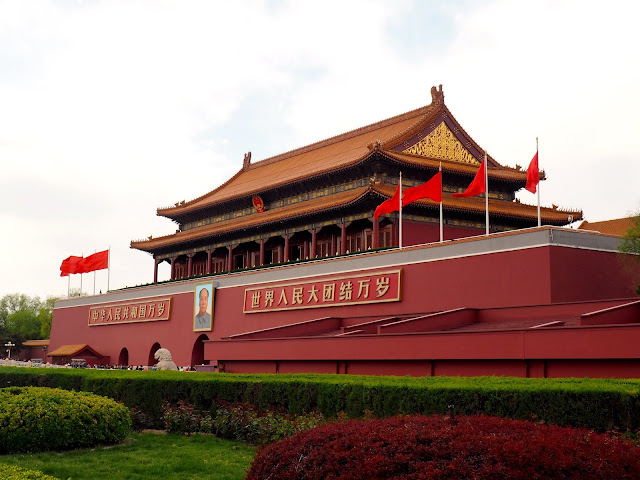
Beijing Highlights | China
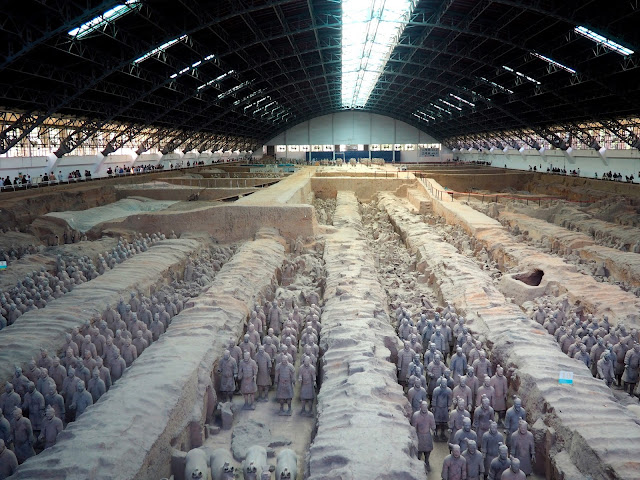
Xian Highlights | China
You May Also Like
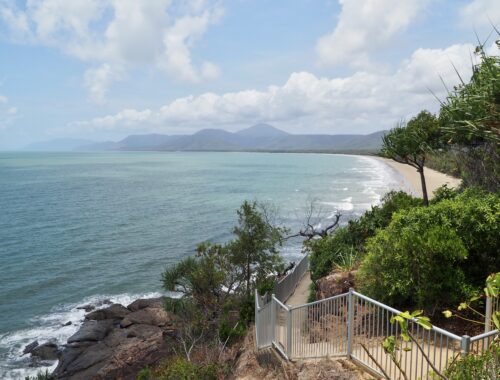
A Week in North Queensland | Australia
28 December 2024
Pangandaran | Java Part 2
13 September 2017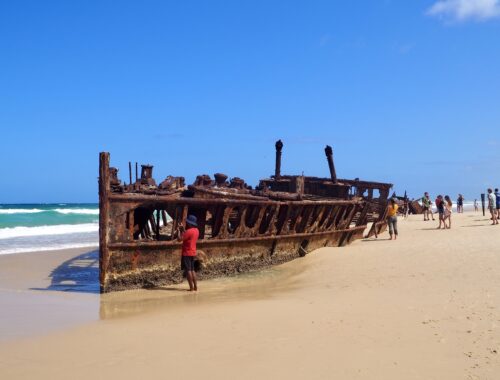
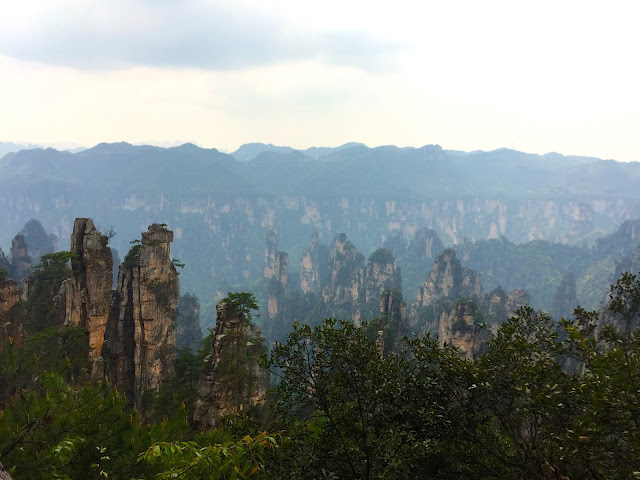
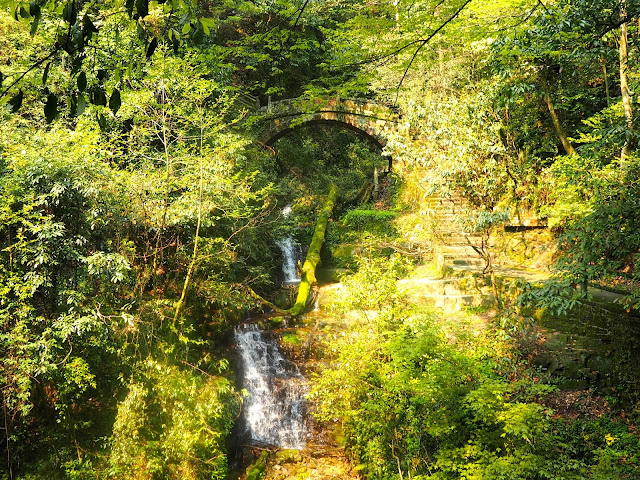
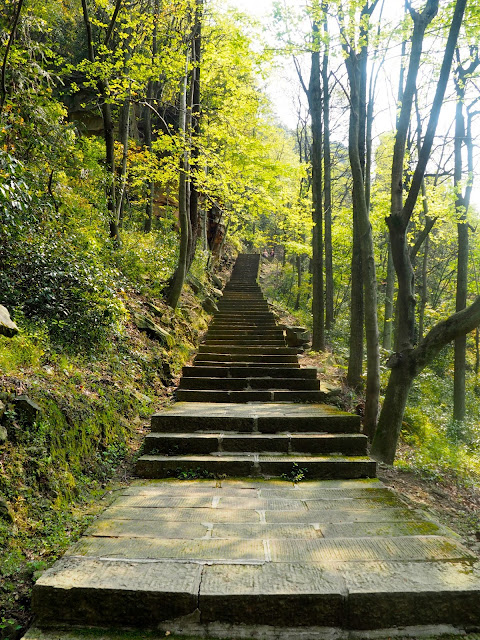
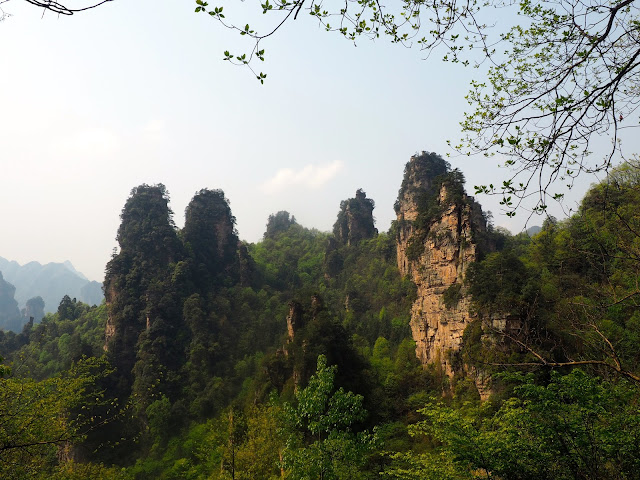
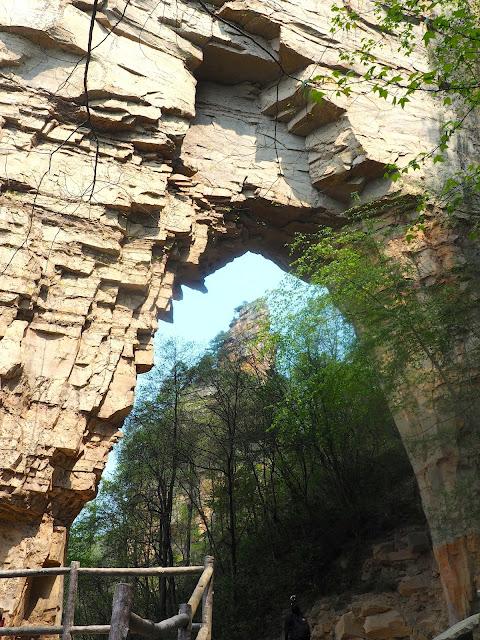




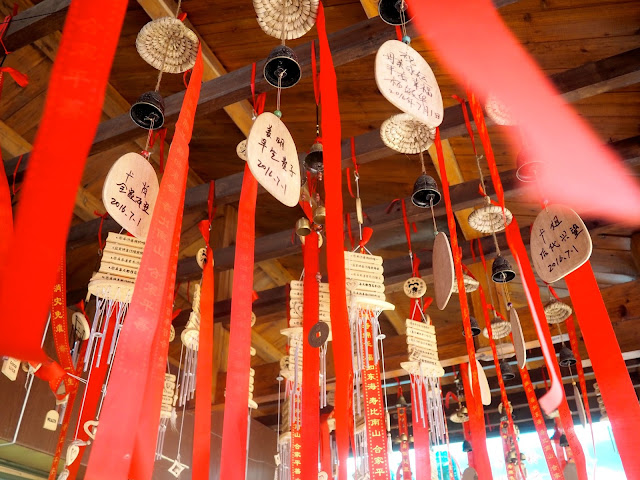
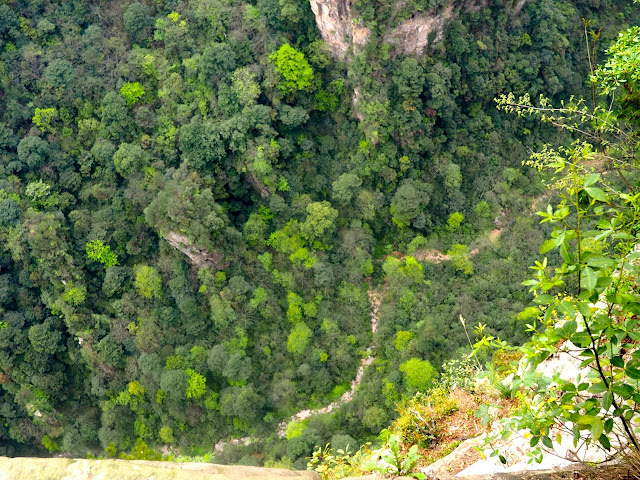


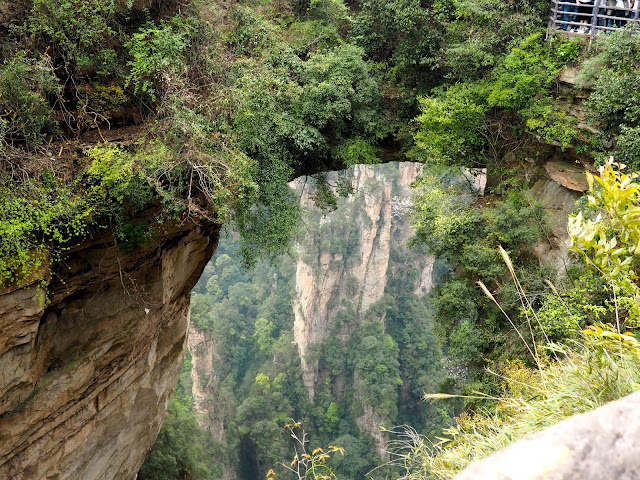


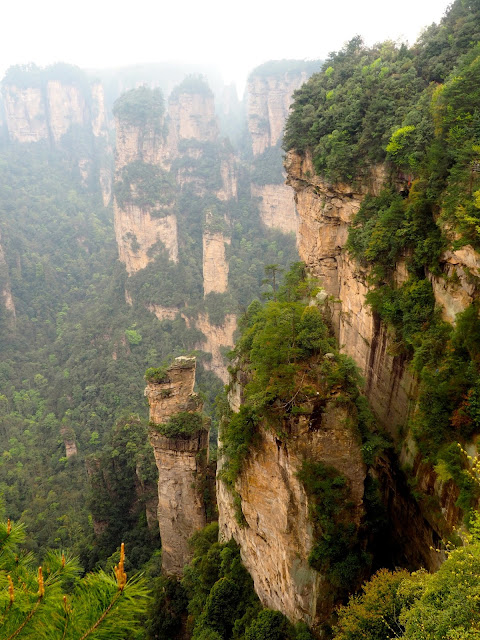
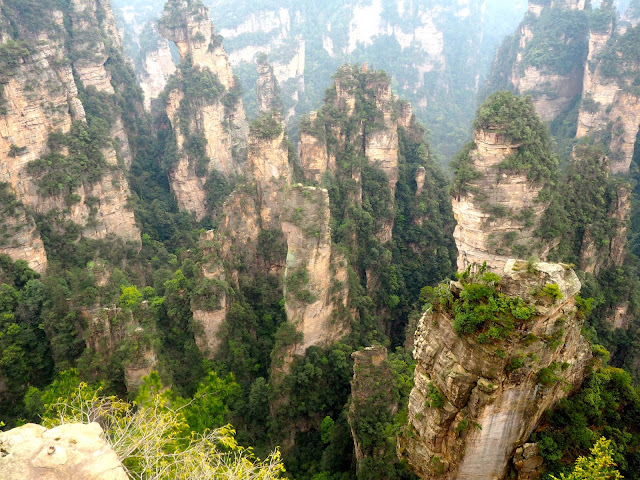
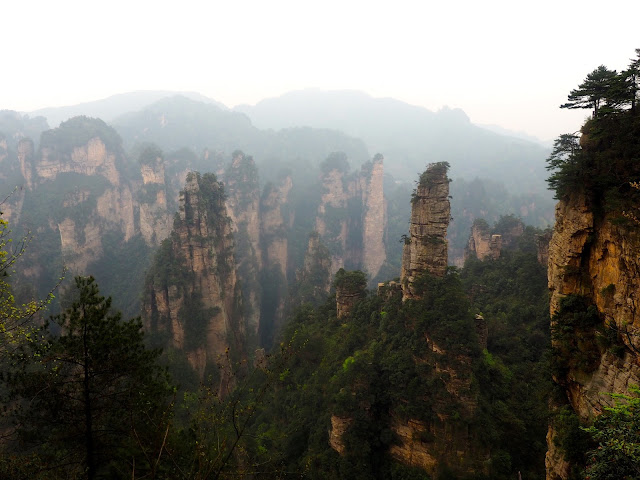


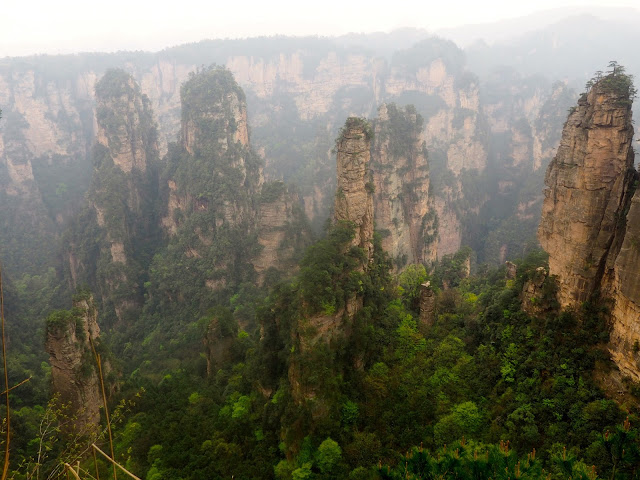
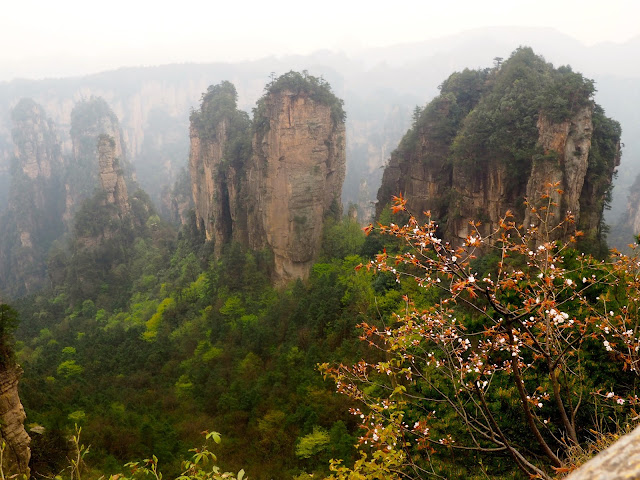
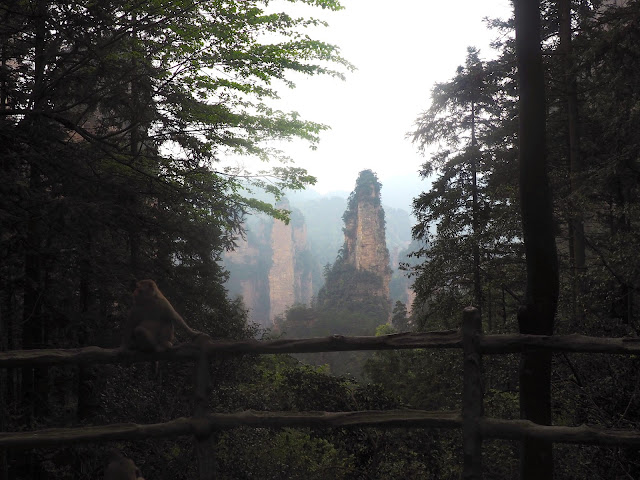
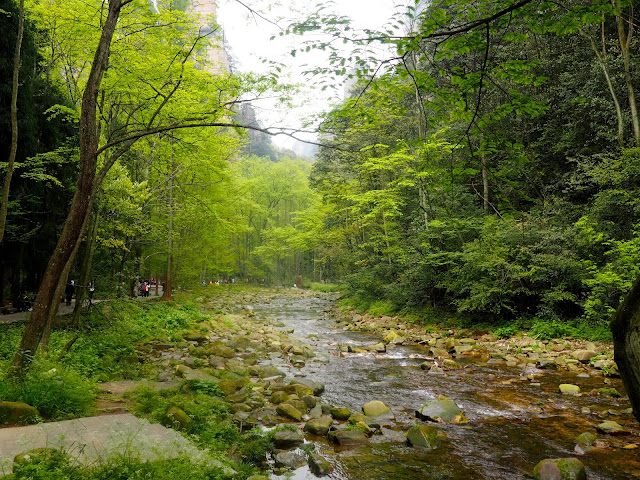


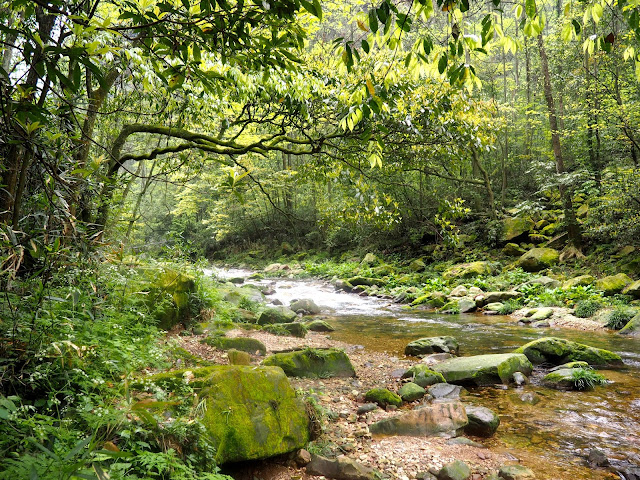
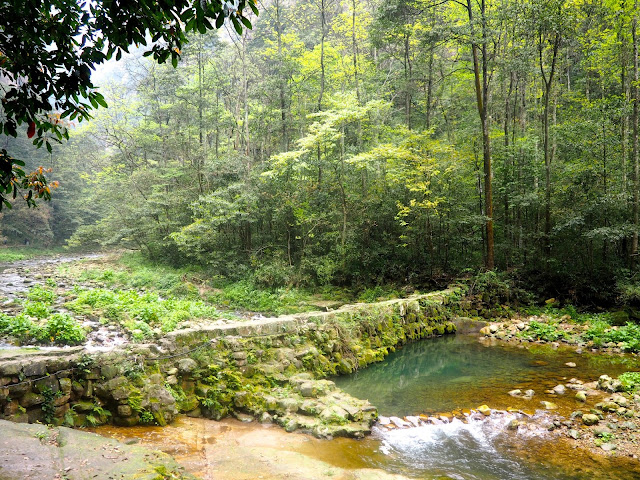

One Comment
Unknown
Absolutely amazing trip, that must be such a huge contrast to HK. Everything looks very well maintained despite the remoteness, that stone bridge looks like it was built yesterday.